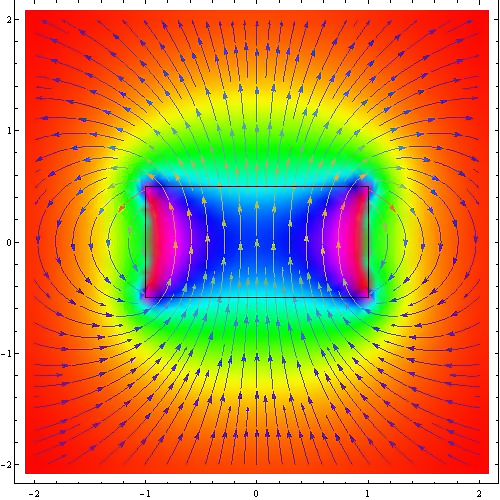[to expand on Wojowu's comment]
Q: "Why the description of a divergence-free field as solenoidal? I expect that this name had historical origins but its unlikely that it was so named without some link to some aspect of what is generally meant by a solenoid."
A: The name solenoid for a helical coil was invented by Ampère (1823), who is quoted as follows in Wikipedia:
l'assemblage de tous les circuits qui l'entourent, assemblage auquel j'ai donné le nom de solénoïde électro-dynamique, du mot grec σωληνοειδὴς, dont la signification exprime précisement ce qui a la forme d'un canal, c'est-à-dire la surface de cette forme sur laquelle se trouvent tous les circuits.
the assembly of all the circuits around it, to which I have given the name of electro-dynamic solenoid, from the Greek word σωληνοειδὴς, the meaning of which expresses precisely what has the shape of a channel, that is to say the surface of this form on which all the circuits are located.
The magnetic field lines created by a solenoid are divergence free, which motivates the general name "solenoidal" for a divergence free field; it might be possible to locate some early incidences of this use, but the link to Ampère's solenoid seems beyond debate.

